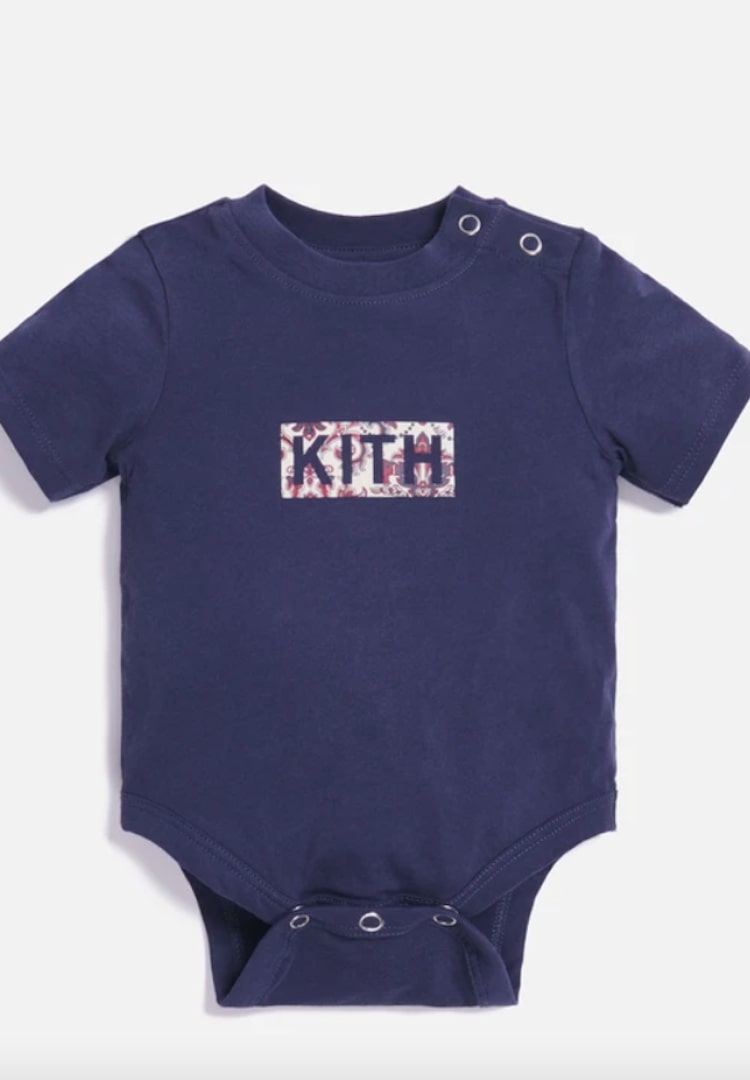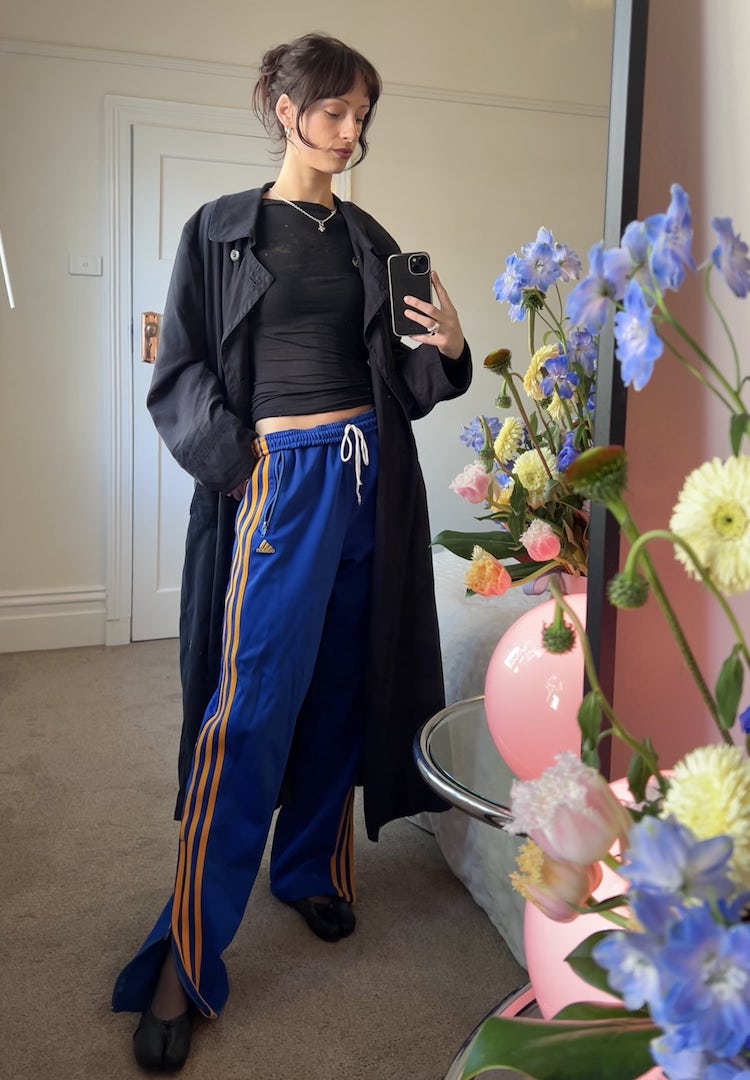These are the most common mistakes we see when people apply to Fashion Journal
PHOTOGRAPHY BY JASON HENLEY
WORDS BY CAIT EMMA BURKE
Here’s what not to do.
Let’s start by stating the obvious: job applications are almost never fun. Generally, you’re applying for a heap of them at the same time (if you’re actively looking for work or a new role), and you’re probably feeling a bunch of feelings.
Feelings like inadequacy, confusion, frustration, disappointment, stress, anxiety, and, if the stars align and you land an interview, excitement (with a healthy side serving of clammy palms and frazzled nerves).
So it’d be fair to say that many of us are a bit all over the place during the job application process. Maybe you’re short on time, shooting of an application during your lunch break or pumping one out at 11pm at night, trying your best not to doze off with your liquid liner still on and a half-eaten burrito in hand.
But I’m here to tell you, as someone who has seen my fair share of job applications gone wrong, why this all-over-the-shop approach to applying for jobs isn’t a good idea. Yes, I know the old adage is that it’s better to do something rather than nothing, but when it comes to job applications, I believe we can throw that sentiment out the window. A half-cooked application is of no use to anyone.
I feel qualified to say this, because we receive a lot of applications for jobs here at FJ, not just for FJ itself, but for all the (very excellent) jobs we host on our careers vertical. This means that we have the unique experience of being able to tell you what a whole host of people are getting wrong, and why avoiding these mistakes will increase your chances of getting your foot in the door.
So, without further ado, here are the most common mistakes we see.
Your email address is MIA
Let’s start off with a basic, entry-level mistake. Just kidding, this one is an absolute cardinal sin! Far too often, applicants just forget their email address altogether. That’s right: it’s literally nowhere to be seen on their CV or cover letter. There are many reasons this is an issue, but the biggest is that it makes it that much more difficult for the person reviewing your application to contact you.
Sure, if your number’s there, they can call you, but that’s a) more effort and b) recruiters often won’t contact you via the phone until they’ve established contact with you via email. Even if they were going to go straight to calling you, the absence of an email address will give them some serious pause for thought.
If you forget something as basic as your email address, they’ll probably start wondering what else you might forget. Perhaps you’ll forget to turn up to work on time, or to file that very important, very serious report. I have faith that you wouldn’t do those things, but the person looking at your application might not. So, long story short, always triple-check that your email is front and centre on your CV and cover letter.
What’s your file type?
Say it after me: file types matter. We receive quite a few CVs and cover letters that are submitted as word documents or pages, rather than a PDF. There was a time when I was also guilty of this offence, so I can sympathise, but exporting both these documents to a PDF is an absolute must.
Why? When you send your carefully crafted CV (more on that here), you want the person viewing it to see it exactly how you see it. After all, you didn’t spend 10 hours on Canva for nothing. The issue is, if you don’t convert them to a PDF, the formatting can go all askew. PDFs, unlike word docs, look the same on every device they’re opened on, be that a smartphone, laptop or a flat-screen TV (not that most recruiters will be reviewing your jobs on their TV).
Of course, there are exceptions to this, and some job adverts may request you submit a word document, but increasingly, PDF is the preferred file type, so unless you’re told not to, go for that.
Attention to detail is absolutely key
If there’s one piece of advice I can impart when it comes to job applications, it’s that attention to detail is an absolute must. There are no ifs or buts here: once you see enough job applications that are addressed to the wrong workplace or person, or are littered with spelling mistakes (never a good look, but particularly so if you’re applying for a job in media or editorial, where a literal editor will be reviewing your application), you realise how make or break these little mistakes can be.
First and foremost, make sure you tailor your cover letter to the company you’re applying for. It’s likely you’ve been using a vaguely tweaked version of the same cover letter for the last ten jobs you’ve applied for – that’s not too much of an issue, provided these jobs are in the same realm/sector.
What is an issue, is not including the company name in the cover letter, or leaving in information that is clearly related to a different role you’re applying for. Finding out who is hiring for the role is also a great idea, and will show that you’re willing to go that extra mile. You can usually find this out by doing a quick LinkedIn stalk – while you’re there, it’s a great idea to give your profile a bit of a spruce, too – or calling up the company and asking.
It’s essential that you specifically address the job criteria and/or answer any questions the application contains. There’s nothing better than reading an application that has gone through the listing with a fine-tooth comb and provided you with all the information you require. Conversely, there’s nothing worse than an application that is sloppy and half-hearted and fails to paint a clear picture of why you would be great for said role.
On platforms like FJ, Seek and LinkedIn, triple-check that you’re applying through the right portal. Sometimes companies will tell you to email them directly, or will direct you to an applications portal on their website. On FJ, we receive loads of applications through our ‘apply now’ button, despite the job listing clearly stating to not use that button and to apply via a third party site.
But these need to go
Finally, you can hit the delete button on these ones. If you’re applying for an interstate job, don’t list your address and city – it’s unnecessary and means you’ll potentially be less likely to land that initial interview if the employer thinks they’ll have to drag you across a state border to talk to you IRL. Your date of birth can be tossed in the trash too (figuratively tossed, of course). It’s illegal for an employer to request this information from you, and it’s an outdated practice to include it. It’s becoming so rare, in fact, that it might raise a few eyebrows, and not in a good way.
Looking to step up to a career in fashion? Each week we send a wrap of industry jobs straight to your inbox. Enter your details below and we’ll keep you in the loop, or browse current openings here.










